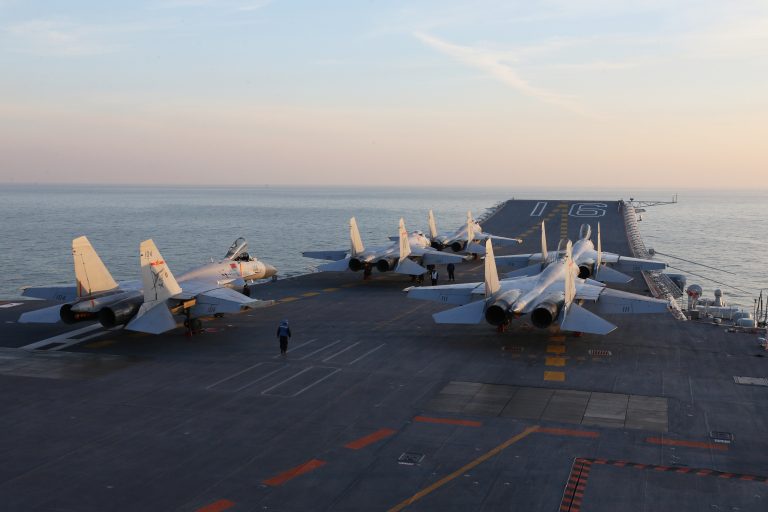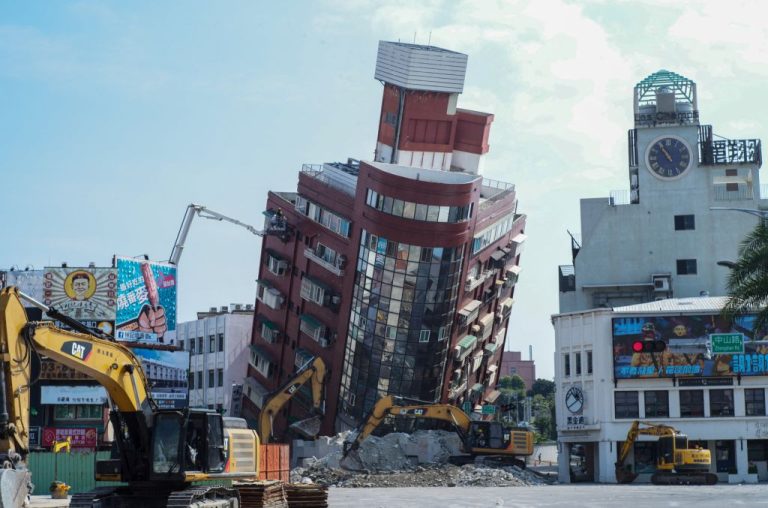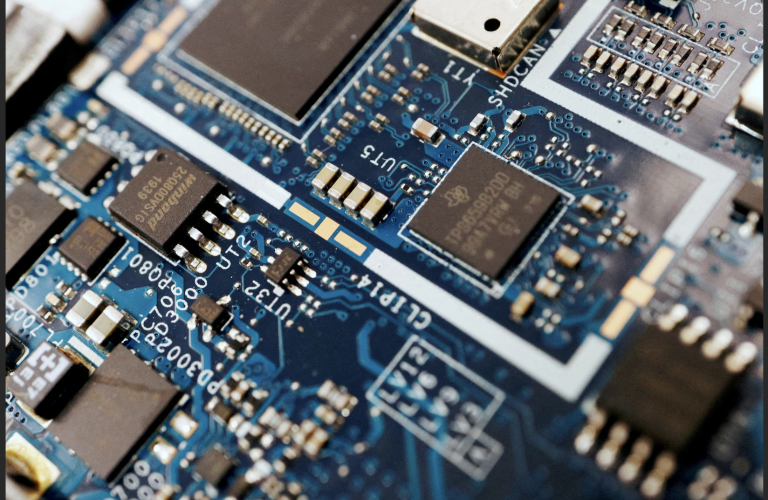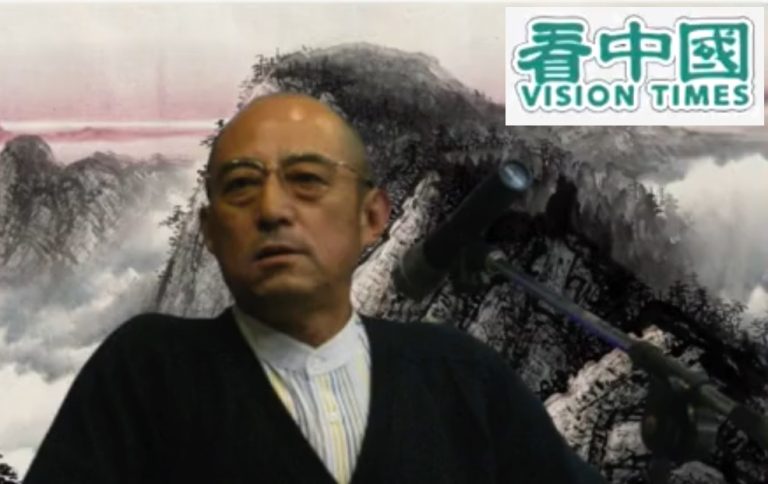The Chinese People’s Liberation Army (PLA) air force flew 39 warplanes into Taiwan’s air defense identification zone (ADIZ) on Sunday night, the largest such move since the new year.
Taiwanese authorities reported seeing the planes fly over the self-ruled island amid tensions over an increasing military presence from mainland China as Beijing pushes to assert its presence in the Asia-Pacific region.
The PLA formation seen on the evening of Jan. 23, included 24 J-16 fighter jets and 10 J-10 jets, among other support and electronic warfare aircraft, according to Taiwan’s defense ministry.
Taiwan’s air force scrambled its own jets and tracked the PLA planes on its air defense radar systems, the ministry added.
The PLA sortie occurred as the U.S. military said that two of its carrier strike groups were sailing on Sunday in the South China Sea, led by USS Carl Vinson and USS Abraham Lincoln. The Pentagon said the two ships engaged in anti-submarine, air and combat readiness operations in keeping with international laws.
Success
You are now signed up for our newsletter
Success
Check your email to complete sign up
Communist China claims Taiwan, which is officially called the Republic of China (ROC), as part of its territory. The ROC used to rule all of China, but retreated to Taiwan in 1949 during the civil war.
The PLA has stepped up its pressure on Taiwan over the last two years, sending aerial sorties on a near-daily basis since the ROC government started regularly publishing such data. The largest sortie seen on the same day was 56 warplanes last October.
The activity has generally been linked to the southwest of the island and falls into the ADIZ that Taiwan’s military says it monitors out of national security considerations.
The mainland Chinese foreign ministry declined to comment on why the PLA had conducted the sortie on Sunday, adding that it was not a diplomatic matter and no international airspace laws had been violated.
Uncertainties over Taiwan’s future
Beijing has resorted to all forms of diplomatic and military means to isolate and intimidate the ROC since 1949.
In 1971, The People’s Republic of China (PRC) was handed Taiwan’s U.N. seat in a 1971 decision, becoming the internationally recognized “China.” This status was further boosted when the U.S. dropped official recognition for Taiwan in 1979, though the two countries continue to maintain informal relations and military cooperation.
The U.S. and some countries in the West have shown continued support for Taiwan by selling it advanced weapons and fighter planes. In addition, the U.S. regularly carries out freedom-of-navigation operations in the South China Sea, which is claimed by the PRC.
Furthermore, under its “One China principle,” Beijing has insisted that any country wishing to pursue diplomatic relations with it must first break official ties with Taiwan. This, in addition to the ROC’s expulsion from the U.N. half a century ago, has resulted in Taipei being isolated from the global community.
As a result, countries that have formed diplomatic ties with Taiwan have faced retaliation from Beijing. Most recently, Lithuania was targeted by the PRC government after it decided to open a Taiwanese embassy in its capital of Vilnius in November 2021.
READ MORE:
Lithuania Defying China, Opens Taiwan Embassy
The diplomatic action saw China call for a corporate boycott of the small Baltic nation and cracking down not only on Lithuanian imports but also on goods from other EU countries — such as France, Germany and Sweden — that included parts from Lithuanian supply chains.
Diplomatic tensions have also intensified since Taiwan elected Tsai Ing-wen as president in 2016. Beijing responded by cutting off previously established communications with the island’s government and increasing military surveillance on Taiwanese soil.













